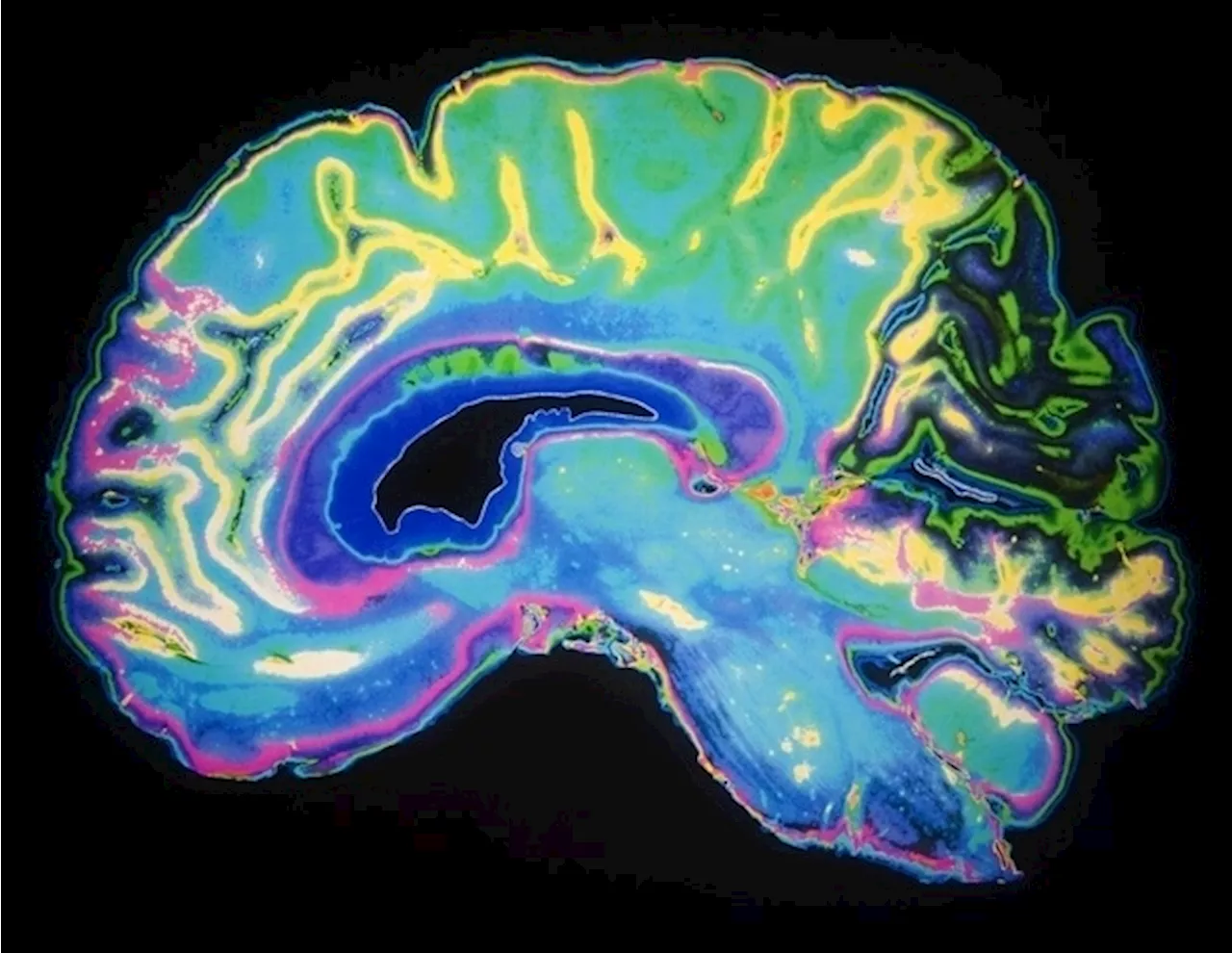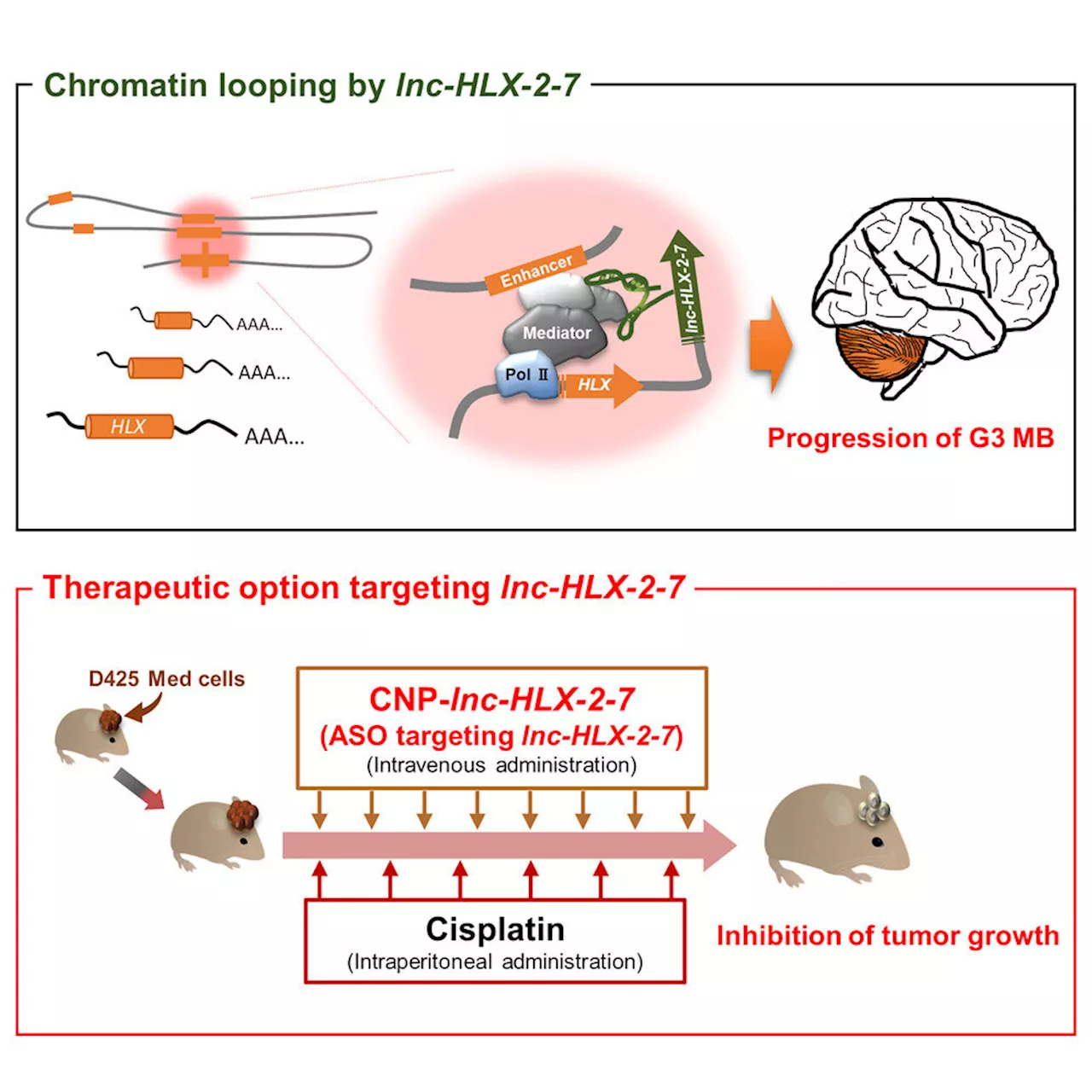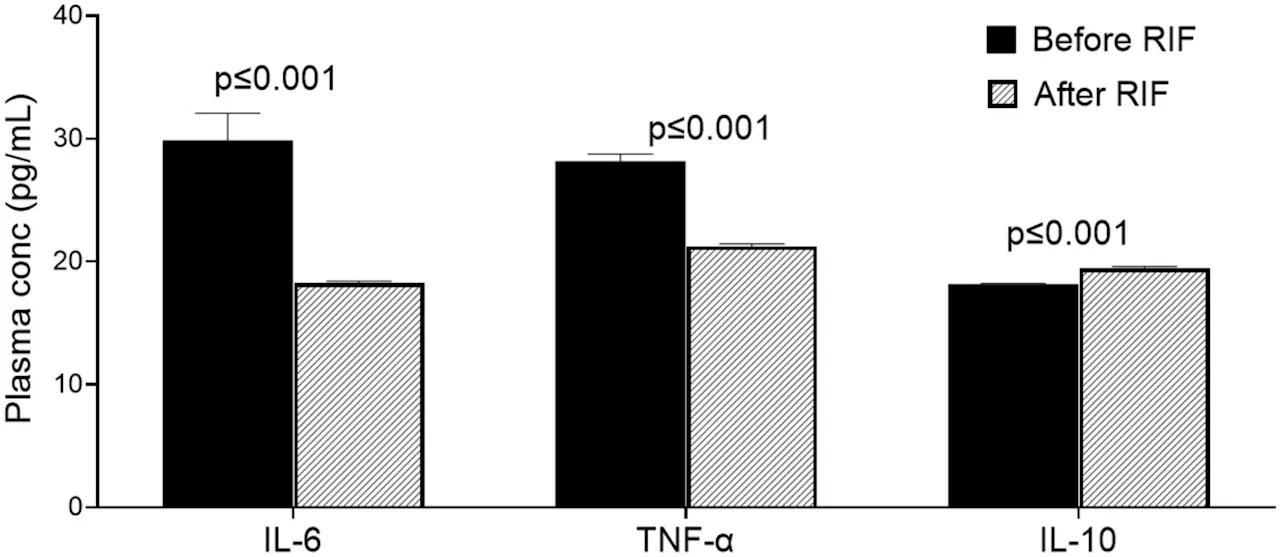Researchers unveil the complex cellular architecture of the heart using advanced RNA sequencing and imaging techniques, shedding light on the intricate organization of heart cells and their developmental pathways.
By Dr. Chinta SidharthanMar 14 2024Reviewed by Susha Cheriyedath, M.Sc. In a recent study published in the journal Nature, a large team of researchers from the United States used single-cell ribonucleic acid sequencing combined with high-resolution fluorescence in situ hybridization to determine the identities of the various cell types that coordinate spatially to give rise to the complex morphological structure of the heart.
About the study In the present study, the researchers used a single-cell RNA sequencing approach along with multiplexed error-robust fluorescence in situ hybridization . This strategy allowed them to combine single-cell transcriptomes and spatial biology and visualize, analyze, and quantify the RNA transcripts of a large number of genes from a single cell.
MER-FISH was then used to spatially map the heart cells and explore the cellular mechanisms through which the remodeling and morphogenesis of the heart, including the ventricular wall development, were directed. The organization of the cells identified using scRNAseq, especially during developmental periods such as the compaction of the myocardial wall, was explored using MER-FISH imaging.
Results The findings revealed that various cardiac cell types belonged to specific subpopulations that were part of specific communities, with the functional specialization defined according to the anatomical region in which they were present and the cellular ecosystem. The cardiomyocyte lineages were the largest cell compartment identified using MER-FISH.
日本 最新ニュース, 日本 見出し
Similar News:他のニュース ソースから収集した、これに似たニュース記事を読むこともできます。
 Researchers forge new path to combat viruses and cancers with helicase inhibitorsHelicases are enzymes that unwind DNA and RNA. They're central to cellular life, implicated in a number of cancers and infections-;and, alas, extraordinarily difficult to target with drugs.
Researchers forge new path to combat viruses and cancers with helicase inhibitorsHelicases are enzymes that unwind DNA and RNA. They're central to cellular life, implicated in a number of cancers and infections-;and, alas, extraordinarily difficult to target with drugs.
続きを読む »
 Researchers uncover new clues about links between parent age and congenital disordersA new paper in Genome Biology and Evolution finds that the link between paternal age and rare congenital disorders is more complex than scientists had previously thought.
Researchers uncover new clues about links between parent age and congenital disordersA new paper in Genome Biology and Evolution finds that the link between paternal age and rare congenital disorders is more complex than scientists had previously thought.
続きを読む »
 Researchers open new leads in anti-HIV drug development, using a compound found in natureA team of University of Michigan researchers has successfully modified a naturally occurring chemical compound in the lab, resulting in advanced lead compounds with anti-HIV activity.
Researchers open new leads in anti-HIV drug development, using a compound found in natureA team of University of Michigan researchers has successfully modified a naturally occurring chemical compound in the lab, resulting in advanced lead compounds with anti-HIV activity.
続きを読む »
 Targeting a non-encoding stretch of RNA may shrink pediatric brain tumors in miceTargeting a non-encoding stretch of RNA may help shrink tumors caused by an aggressive type of brain cancer in children, according to new research in mice reported March 8 in Cell Reports by Johns Hopkins Kimmel Cancer Center investigators.
Targeting a non-encoding stretch of RNA may shrink pediatric brain tumors in miceTargeting a non-encoding stretch of RNA may help shrink tumors caused by an aggressive type of brain cancer in children, according to new research in mice reported March 8 in Cell Reports by Johns Hopkins Kimmel Cancer Center investigators.
続きを読む »
 RNA-based therapy shows promise against aggressive childhood brain tumors in miceTargeting a non-encoding stretch of RNA may help shrink tumors caused by an aggressive type of brain cancer in children, according to new research in mice reported March 8 in Cell Reports by Johns Hopkins Kimmel Cancer Center investigators.
RNA-based therapy shows promise against aggressive childhood brain tumors in miceTargeting a non-encoding stretch of RNA may help shrink tumors caused by an aggressive type of brain cancer in children, according to new research in mice reported March 8 in Cell Reports by Johns Hopkins Kimmel Cancer Center investigators.
続きを読む »
 Ramadan fasting may protect patients with heart problems, say researchersThose observing Ramadan may have their cholesterol, other lipids, and inflammatory markers in their blood reduced, albeit temporarily. This is the conclusion of a group of scientists examining the model of Ramadan Intermittent Fasting (RIF) in overweight and obese people.
Ramadan fasting may protect patients with heart problems, say researchersThose observing Ramadan may have their cholesterol, other lipids, and inflammatory markers in their blood reduced, albeit temporarily. This is the conclusion of a group of scientists examining the model of Ramadan Intermittent Fasting (RIF) in overweight and obese people.
続きを読む »
